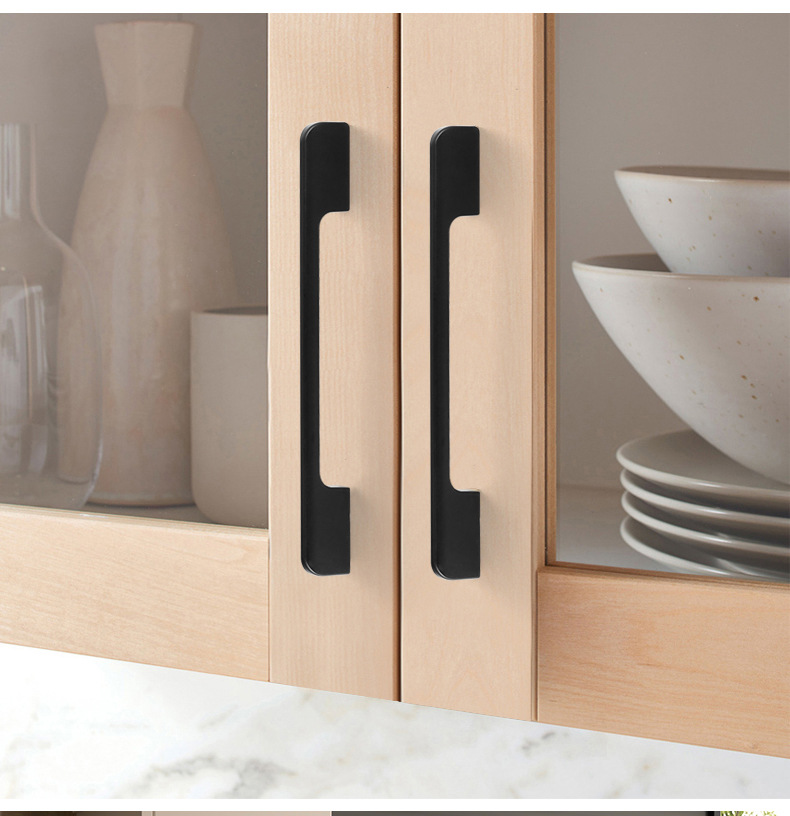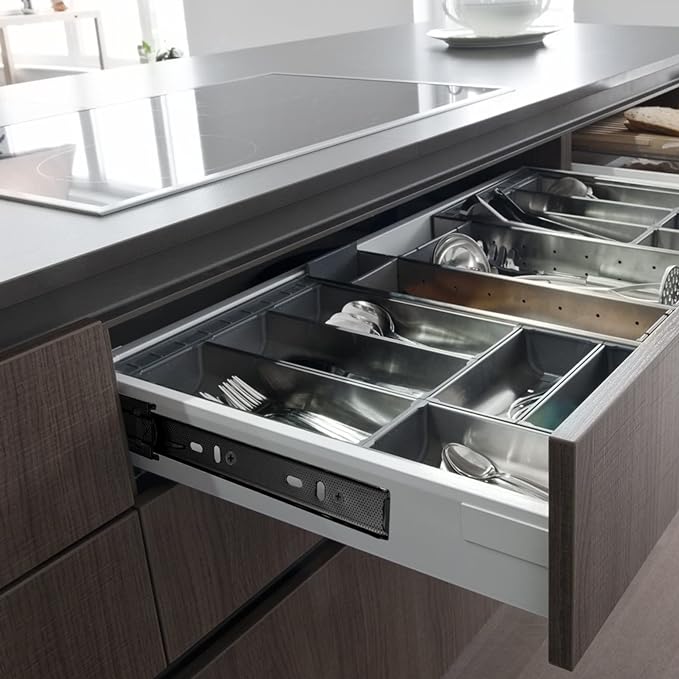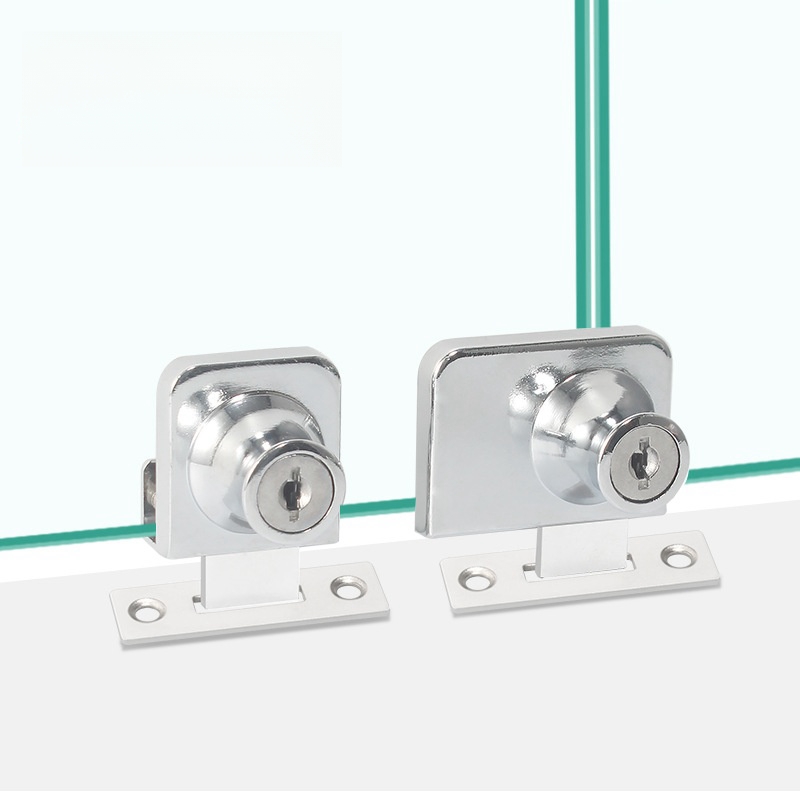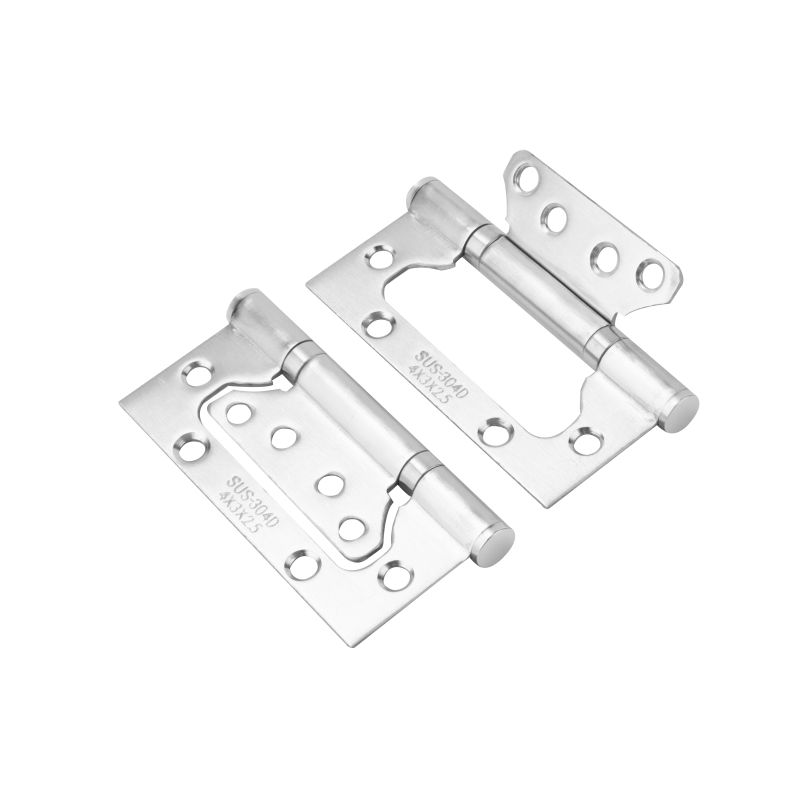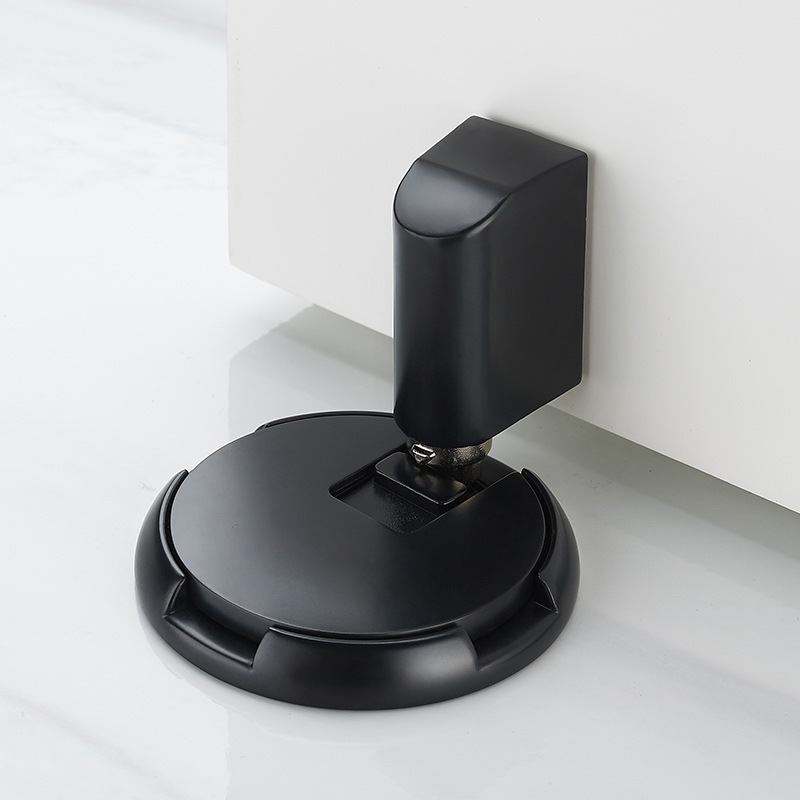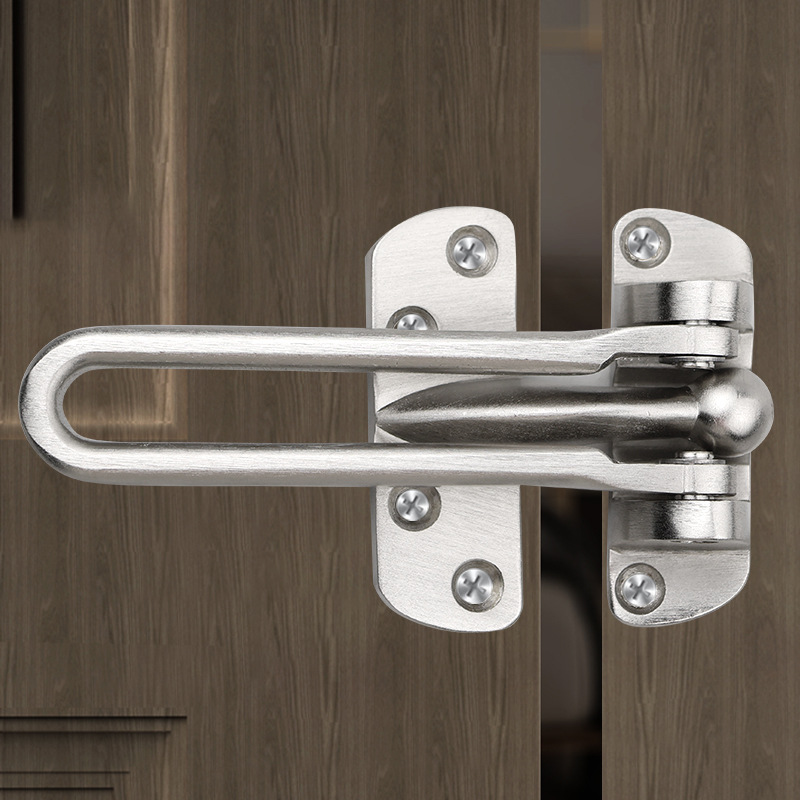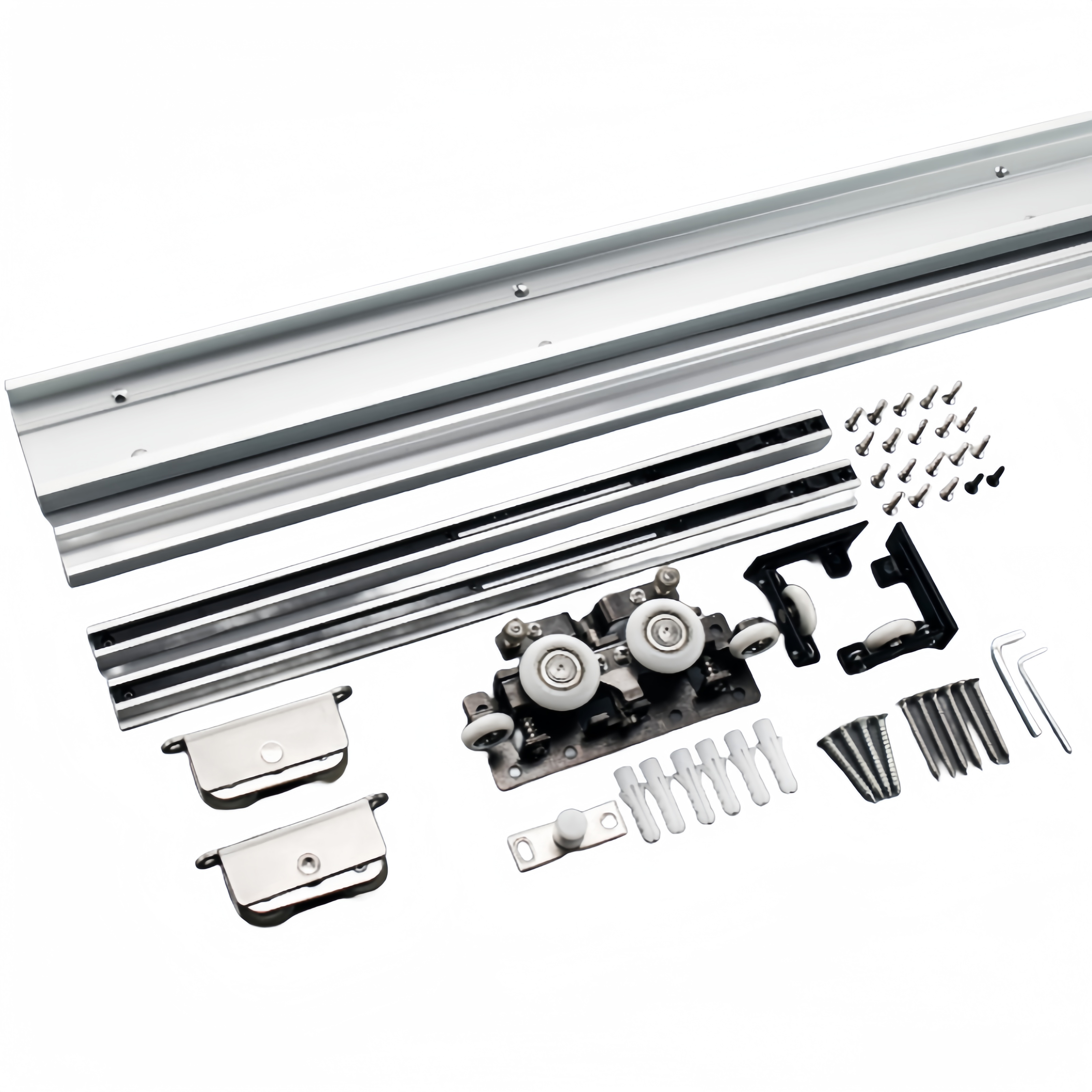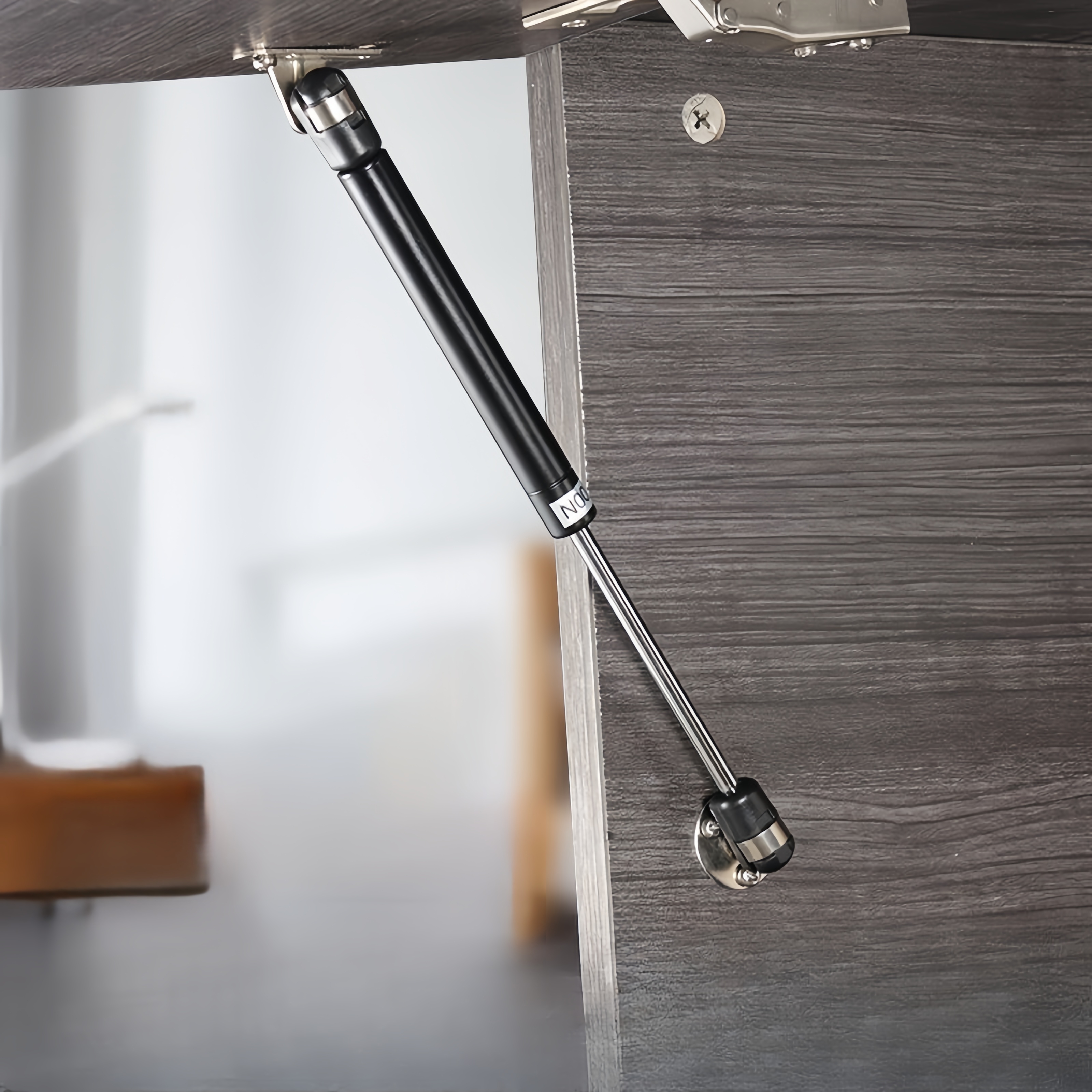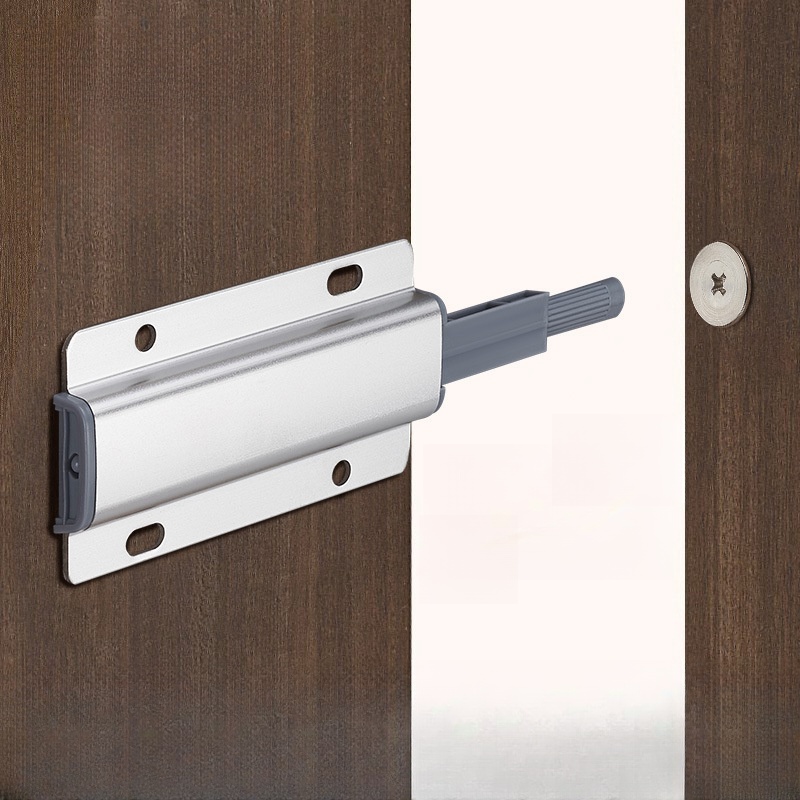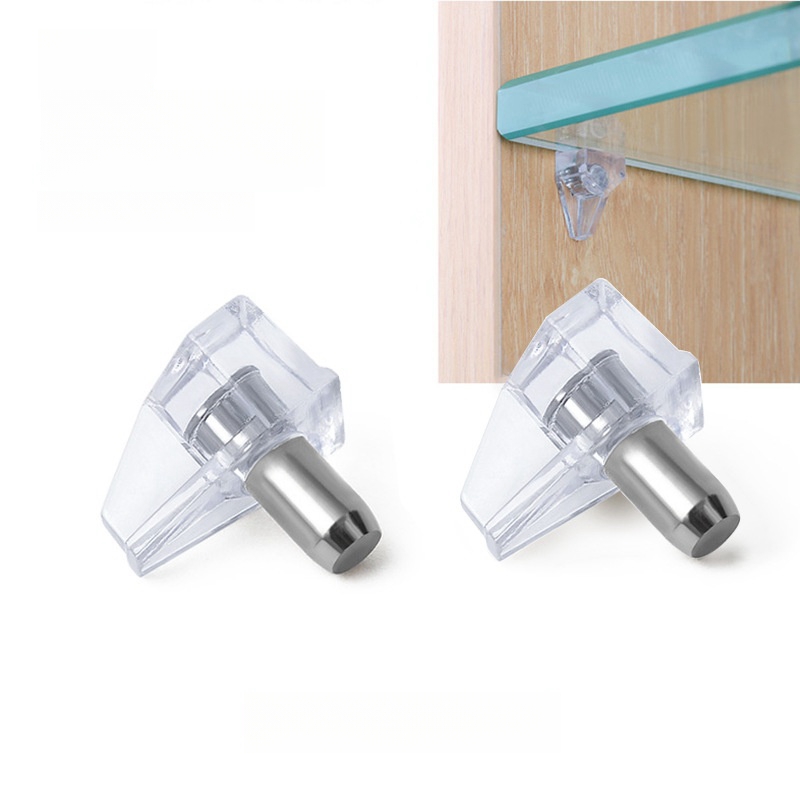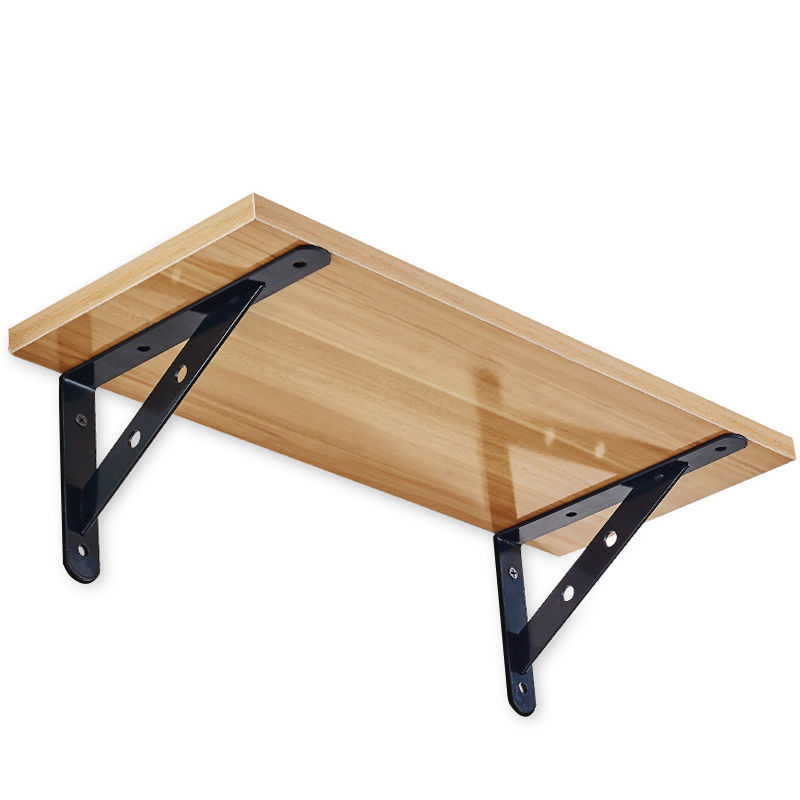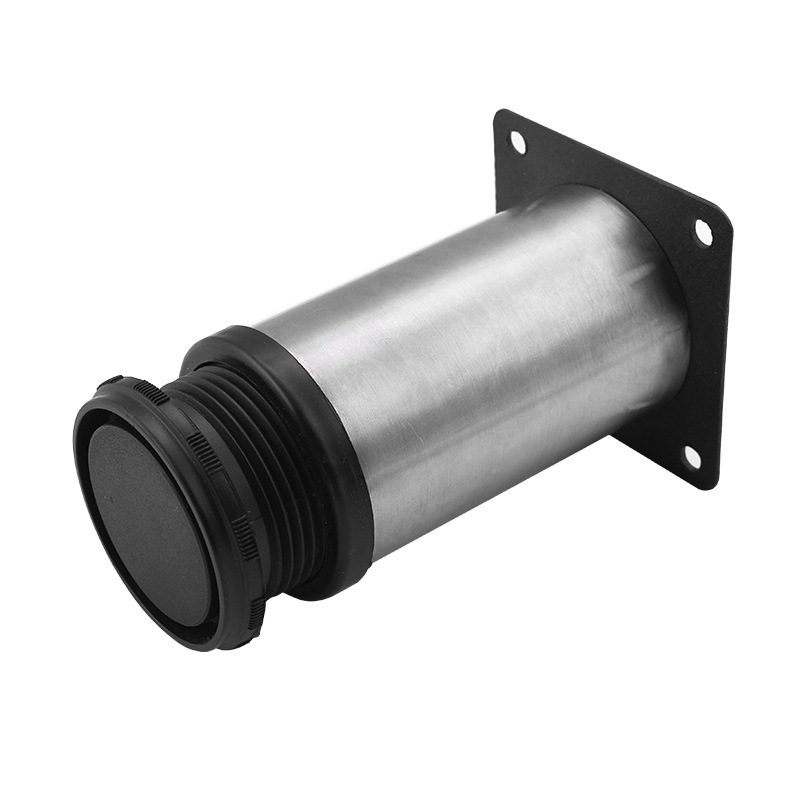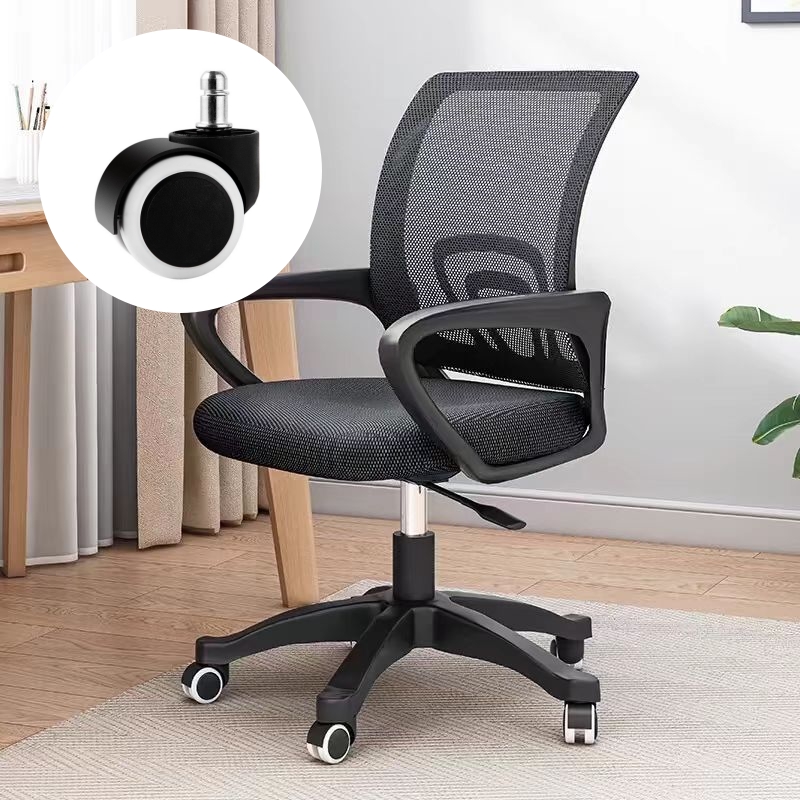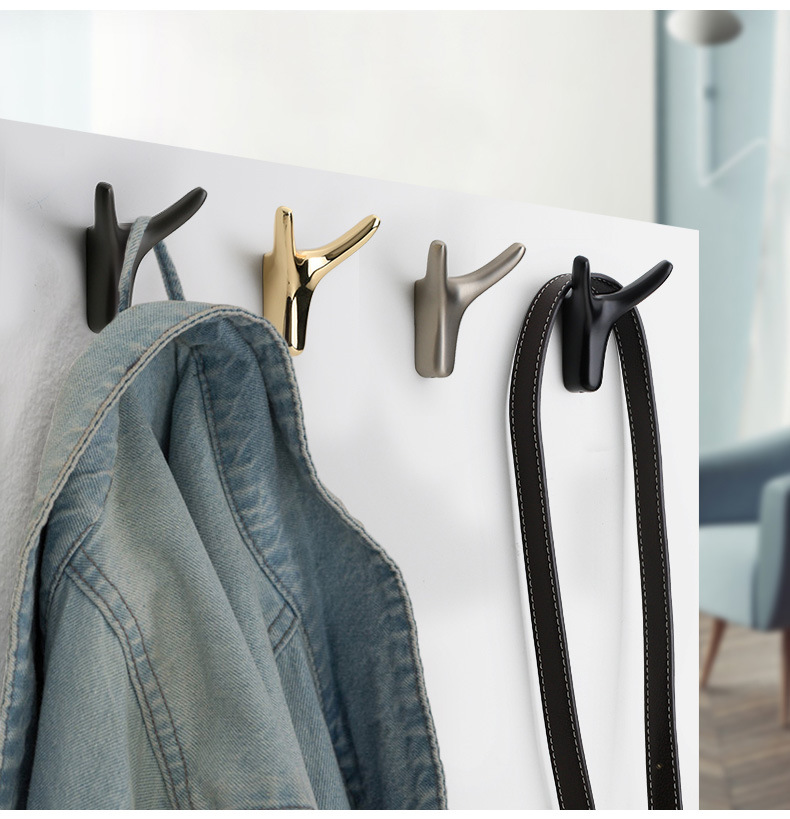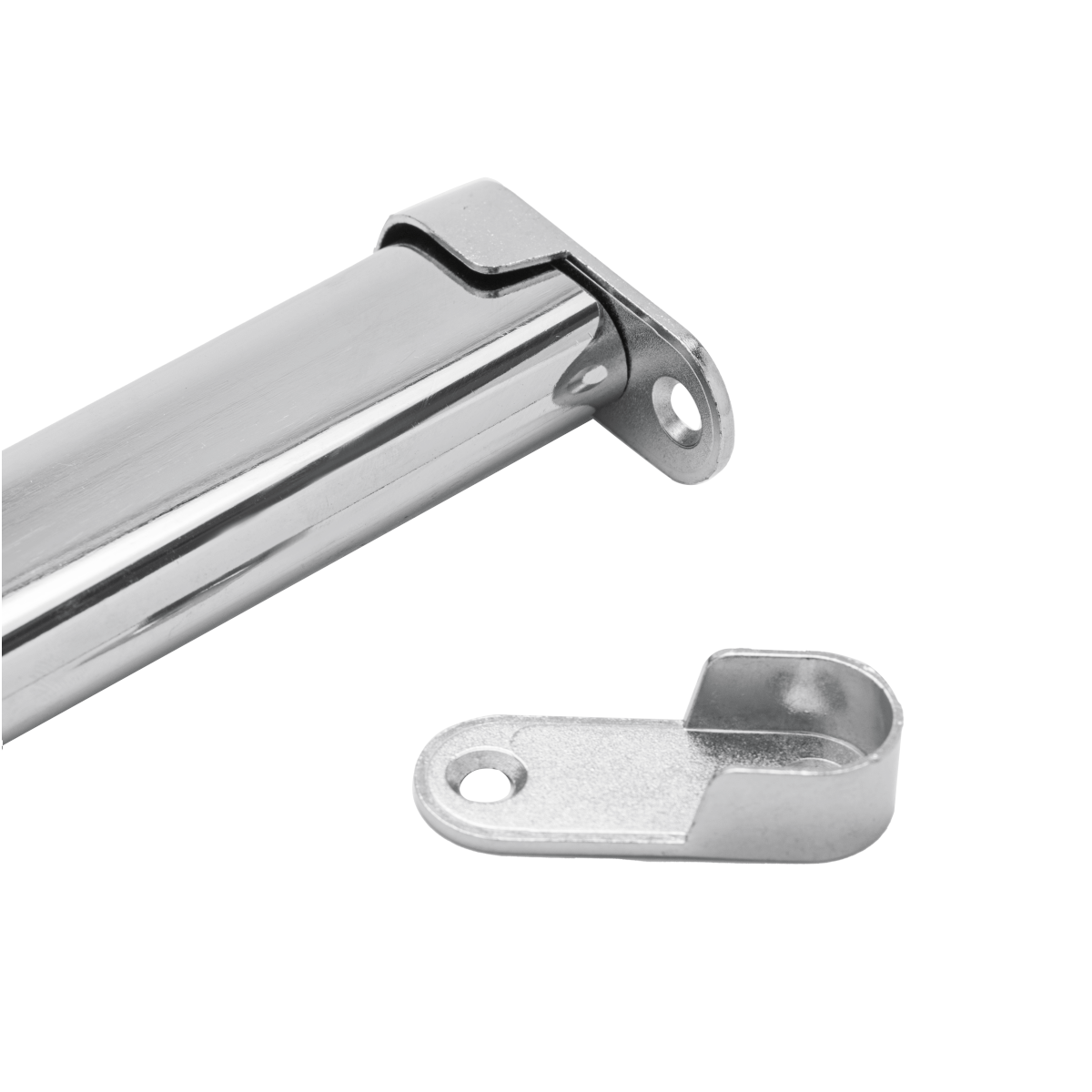
ABOUT
Guangzhou Toplink hardware Co., Ltd specialized in the production and export of furniture hardware fittings, with an experience of more than 14 years.
Our main products are drawer locks, cabinet hinges, sliding rails, cabinet handles, casters, cabinet legs and connecting fittings etc..
With a complete range of products, excellent performance and reasonable prices we have built up business with many customers all over the world.
We are committed to strict quality control and considerate customer service. We sincerely looking forward to becoming your best choice and the most reliable partner!
PRODUCTS
door knob hardware parts names
The Core Components: Knob and Latch
At the heart of any door knob set lie the knob itself and the latch mechanism. The knob, the most visible part, is the handle you grasp to open the door. It can be made from various materials like brass, chrome, porcelain, or wood, and comes in a vast array of styles to complement any décor. The knob's function is purely aesthetic and ergonomic; it's the rotation of the knob that activates the internal mechanism.
The latch, on the other hand, is the crucial component that keeps the door closed. This is usually a retractable bolt that extends into the door jamb when the knob is turned, preventing the door from opening. The latch is spring-loaded, retracting automatically when the knob is turned in the opposite direction. The latch's design is crucial for security – a sturdy latch is essential for preventing forced entry.
The Strike Plate: Securing the Latch
The strike plate is a metal plate affixed to the door jamb. This seemingly simple plate plays a critical role in the overall security and functionality of the door knob. The strike plate houses a precisely sized hole, or mortise, that receives the latch bolt when the door is closed. It's usually secured to the door jamb with screws, and the fit between the strike plate and the latch bolt must be precise to ensure smooth operation and prevent the latch from binding.
The design of the strike plate itself can vary. Some strike plates have a simple hole for the latch bolt, while others feature a lip or additional reinforcement to increase security and resist forced entry. Choosing a strike plate that's appropriately sized and durable is vital for the longevity and security of your door.
The Spindle: Connecting the Knobs
For double-sided door knobs (those with handles on both sides of the door), a spindle is used to connect the two knobs. This is a metal rod that runs through the door, connecting the inner and outer mechanisms. When you turn one knob, the spindle rotates, transferring the motion to the other knob, activating the latch simultaneously on both sides. The spindle's length is crucial – it needs to be precisely sized to fit the thickness of the door.
The quality of the spindle is also important. A sturdy, well-made spindle ensures smooth operation and prevents the knobs from feeling loose or wobbly. A damaged spindle can lead to malfunctioning door knobs, requiring replacement of the entire assembly.
The Screws and Fasteners: Holding it All Together
While often overlooked, the screws and fasteners that hold the door knob together are crucial for its functionality and durability. Various types of screws are used, depending on the specific components being secured. These include screws to attach the knobs to the rose plates, screws to secure the strike plate to the door jamb, and screws to fasten the latch mechanism to the door itself. The quality and size of these screws directly affect the stability and security of the door knob set.
Using the correct type and size of screws is essential to avoid stripping the threads or damaging the door or door jamb. It's crucial to use screws of appropriate length to ensure sufficient grip and prevent the components from becoming loose over time. Using stronger screws in high-traffic areas can significantly improve the lifespan of your door knob hardware.
The Rose Plate or Escutcheon: Enhancing Aesthetics and Protecting the Mechanism
The rose plate, also known as the escutcheon, is the decorative plate that covers the hole in the door where the knob is mounted. It serves a dual purpose: aesthetic appeal and protection of the mechanism. The rose plate adds a finished look to the door knob installation and often matches the style and finish of the knobs themselves. Furthermore, it helps prevent damage to the door around the knob mounting hole.
Rose plates come in various materials, finishes, and sizes, offering homeowners a wide range of options to match their décor. Selecting a rose plate that complements the overall style of the door and house creates a cohesive and visually appealing look. The size of the rose plate is important as it must adequately cover the mounting hole and provide sufficient support to the knob mechanism.
Beyond the Basics: Specialized Components
Beyond the core components described above, some door knob sets incorporate additional features. These might include deadbolt mechanisms, which offer increased security, or thumb turn latches, commonly found on interior doors or bathroom doors. These specialized components may have their own unique parts, each requiring specific knowledge for installation, maintenance, or repair. Understanding these additional components and their specific parts is essential for handling any repair or upgrade project successfully.
In conclusion, while the door knob may seem a simple item, its functionality relies on a complex interplay of various parts. Knowing the names and functions of these individual components—from the knobs and latches to the spindles, screws, and strike plates—is vital for successful installation, maintenance, and repair. A deeper understanding empowers homeowners to make informed decisions when choosing, upgrading, or troubleshooting their door knob hardware.
SUBSCRIBE
INQUIRY
